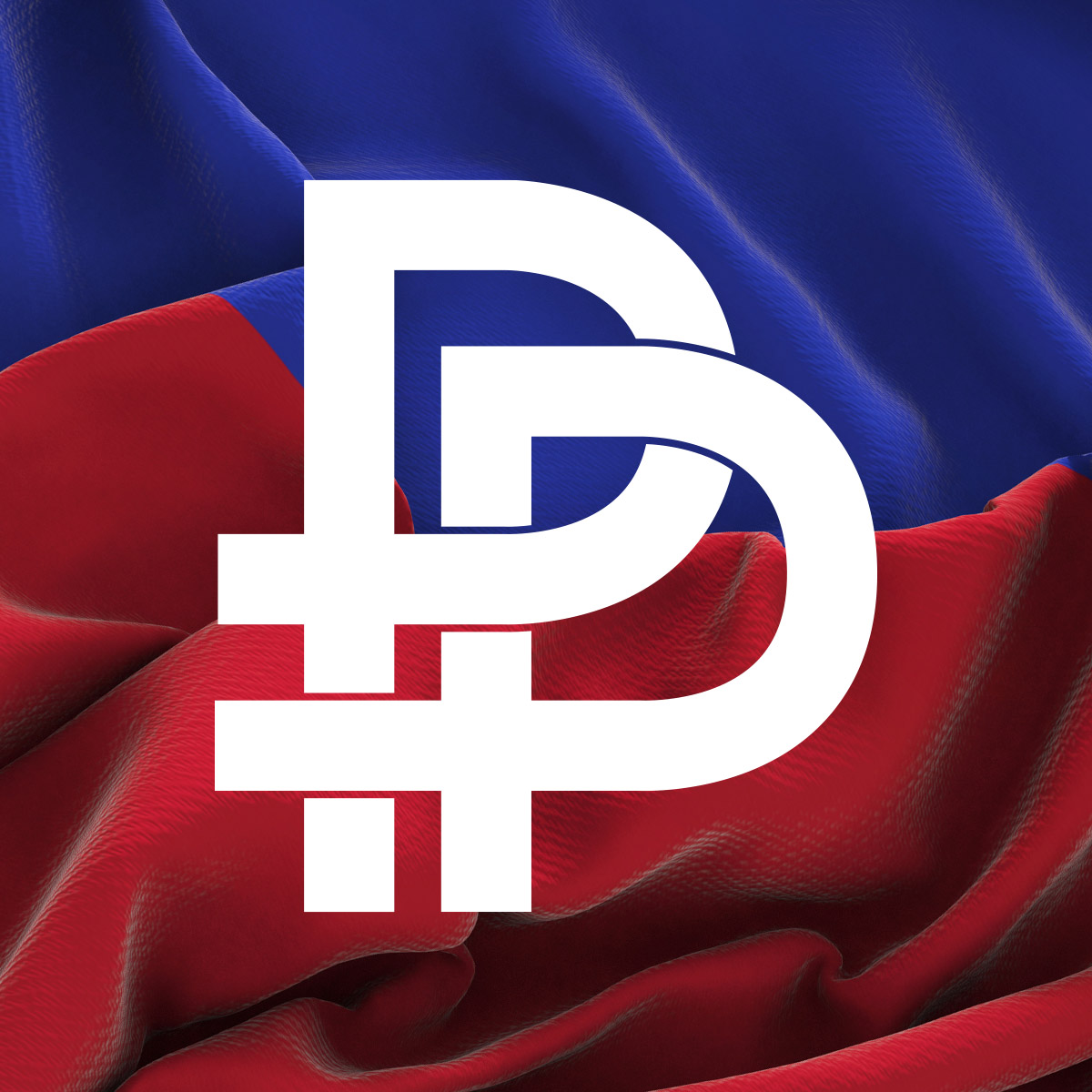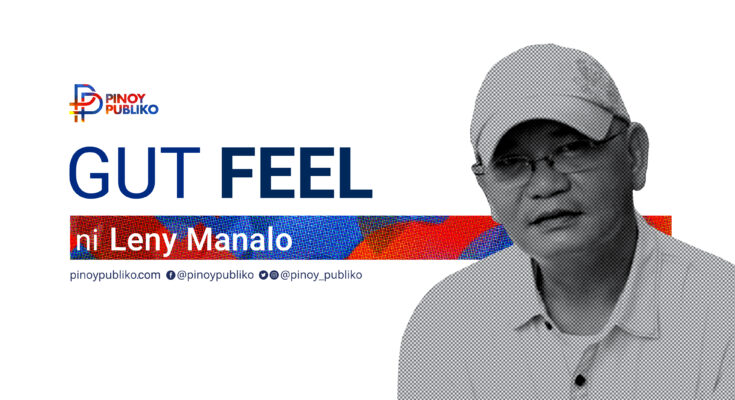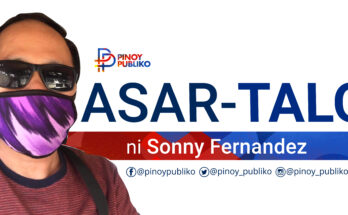IT was my father’s birthday last May 25. He was a farmer who worked on a small piece of land as a tenant but at the same time served as katiwala of a local landlord. It was the time when Huks of the pro-Soviet Partido Komunista ng Pilipinas, not yet the NPAs of the Maoist Communist Party of the Philippines, who roamed the sugarcane fields of Pampanga heavily armed.
During my childhood, we were often terrified by bursts of gunfire from the distance that made us run for cover in a makeshift bathroom with big slabs of stones for the wall.
It was that time when PKP was dreaming of attacking the center of government in Manila. It was during that time also when our eldest brother, Kuya Dee, decided to bring the whole family to Manila because the Huks were targeting even the farmer overseers of landlords. That was the family’s chance to establish a new life.
I grew up in the neighborhood of Sampaloc, Manila, and the visits to the province were only for special occasions.
The PKP military adventure miserably failed, giving the future chairman of the CPP the opportunity to give his analysis of what ailed the leadership of the PKP ideologically, politically and organizationally in managing the party to which he belonged then.
This followed the formation of another communist party that added Maoism to its ideological foundation. It was during my first college months that I was able to read Jose Ma Sison’s criticism of the PKP leadership and his revolutionary thesis, Philippine Society and Revolution (PSR) or the Lipunan at Rebolusyong Pilipino (LRP) that became basic readings of national democrats or those who adhered to the national democratic revolution that the thesis espoused.
Joma’s analysis of Philippine society identified three main enemies of the people — US imperialism, feudalism and bureaucrat-capitalism. He described Philippine society as semi-colonial and semi-feudal. With the application of Maoism he prescribed armed struggle, a protracted people’s war that featured Mao’s strategy of surrounding the cities from the countryside, the strategy that except for tactical variations generally was never changed until his death at time when former senior CPP cadres are seeing no clear end game for the CPP-NPA-NDF.
Joma’s thesis of revolution was appealing to socially conscious students and intellectuals as it was something new and seemingly indisputable. The earlier writings of nationalists like Renato Constantino were not enough for their lack of concrete revolutionary programs for the local conditions. Many of my contemporaries, including me, were drawn into it. We became activists and avid readers of Marxist books, including the writings of Mao Tse Tung that were readily available from campus book sales and the Popular Book Store where my cousin, Kuya Domeng, worked.
When I was released from detention in 1977, I was already decided not to rejoin the Communist Party of the Philippines. Did I feel deceived? No, but more enlightened. I did what I did because I believed in it.
I accepted whatever were the consequences of what I did. This included the torture, which was documented by Amnesty International and the book of Ninoy Aquino, Testament from a Prison Cell.
I adhered to a Maoist saying, “The revolution is not a Party” but the counter-application of the state’s “political power grows out of the barrel of a gun.” We were armed enemies of the state, directly and indirectly. My departed Pisay kabatch and also a former rebel used to say. “Lumaban ka e, huwag kang iiyak-iyak.”
Tatang never had any inkling I was into self-study of Marxism-Leninism-MTT while I was enjoying a scholarship at the Ateneo de Manila University that I personally solicited.
It was a matter of time before I got recruited to the CPP starting as a candidate member (CM) when the CPP constitution, which was kept secret from ordinary natdem or mass organization members, would finally be introduced accompanying the group discussion of Joma’s thesis of revolution turned into the party’s Program for a People’s Democratic Revolution (PPDR).
It was the start of the realization that personal sacrifices would be made, including schooling and family. The dividing line started there. The party cells that were either territorial party committees or sectoral party groups that enforced party leadership were reserved for CMs and full members of the party only and these were hidden from the members of mass organizations. There was no way, too, that Tatang and the rest of the family would know. It was a strict party policy.
Tatang and Imâ only dreamed that their bunso become successful in the way ordinary loving parents would dream. It was Imâ who was first to know I was in prison from an aunt who was her best friend. When we first met in prison after more than a year of trying to find out why she had not been seeing me she was teary-eyed but never uttered a word of wonder.
In her eyes and forced smile I saw her unwavering trust and love for me. I could imagine Tatang would have reacted the same way if he was with them then. At an early age, since I graduated valedictorian in elementary and passed the first Philippine Science High School entrance examination, both Tatang and Imâ treated me not as an ordinary bunso but already an adult person capable of deciding for myself. I think it was both being proud and enduring pain.
This brings me to the question of how to end the communist armed conflict, as the government termed it. I have been stressing in my lectures and notes on core values that the ideology or the frame of mind that inspires and motivates young people must be seriously addressed one way or another and by all means. For a peaceful resolution of the conflict, there must be a clear presentation of alternatives, both ideological and in terms of reasonable solutions to address problems and issues.
I personally think that official documents of the CPP, which are now available online anyway, be demystified by allowing their open discussion in special classes of the academe if we trust the mental capacity and capability of our liberal and democratically committed intellectuals. This could produce intellectual materials that can be useful in promoting peaceful debate among ideological groups under the rule of law and as protected by the Constitution. Labeling is good for propaganda but it will not overpower ideas that remain effectively unchallenged.
There are more Tatangs and Imâs out there who simply dream, maybe not of a perfect society, but just a peaceful one where sons and daughters can use their talents in productive competition or collaboration for a brighter future of their generation while continuously bonding with their families. Society and government owe them. This is no longer gut feeling, but conviction.





